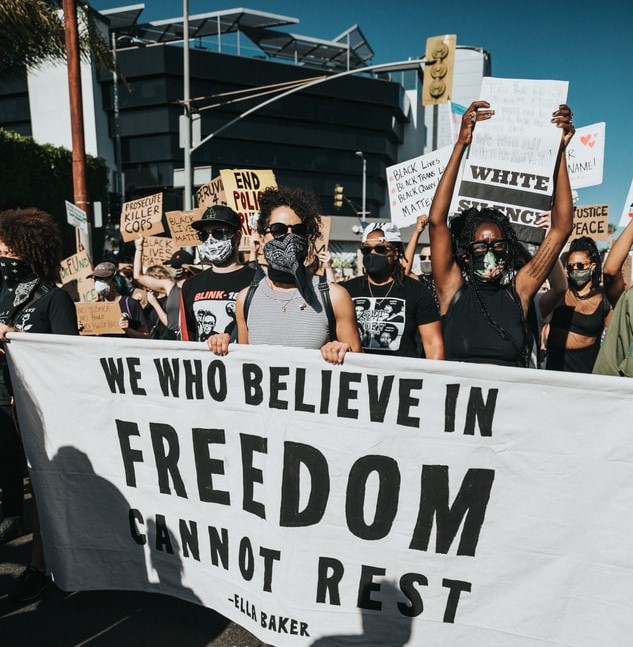
Hi everyone. This blog post may be a little wonky, but it is important, so thank you for reading it all the way through. Last week, a bunch of us had a Party to Enhance Equity in Philanthropy (PEEP) event, a time for funders and nonprofit folks to get together and just hang out without an agenda. In Seattle, we met for a picnic. This was the first time in over a year that many of us were in the same physical space, and it was wonderful. (And slightly awkward; someone offered me their hand to shake, and I nearly dropped my hibiscus-flavored sparkling water and ran screaming down the park).
While it was nice to see one another, and we should continue this tradition, having a fun event is not sufficient to solve many of the crappy, archaic, frustrating, inequitable practices in philanthropy. For that, we need legislation. Which is why I am happy to see that the Accelerate Charitable Efforts (ACE) act is moving forward. Here is an article on this bipartisan effort. The bill will do a few things, including:
Continue reading “We need to support legislation on philanthropy’s crappy, inequitable practices”



